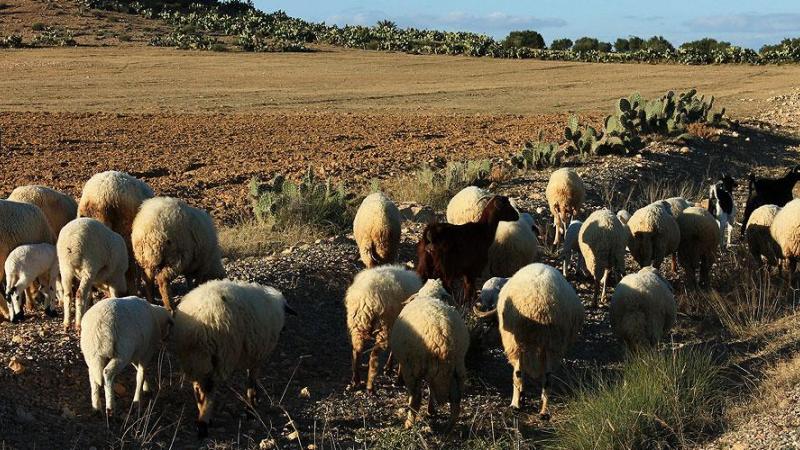Integrated livestock technology packages

Sheep and goats are a major source of income and livelihoods for the rural poor. But, small-scale farmers usually lack the resources and information needed to improve animal health, productivity, and profitability. An integrated livestock technology package is available and can do precisely this.
The package includes four components: animal nutrition, feed and fodder production, preventive veterinary care, and improved genetic stocks. It has proved highly successful in Afghanistan and Pakistan and can be applied (with minor local modifications) in many other developing countries. In both countries approaches have included:
- Low-cost feed supplements prepared from cheap, locally available resources: hay from guar (cluster bean) and prunings from native shrubs and trees.
- Preventive veterinary care (vaccination, drenching, de-worming), delivered by community-based extension workers.
- Distribution of high-quality breeding rams through community-led schemes, to enable poor families to improve flock size and quality.
- Simple, home-based dairy processing technologies for converting milk into high-value products like cheese and yogurt.
The results have been impressive: 80-200 percent increases in milk production, meat production and animal growth rates, a dramatic fall in animal mortality rates, and a benefit-cost ration of 3:1. In Afghanistan, the technology package generated benefits worth over US$ 650,000, with a 71 percent rate of return on investment.
